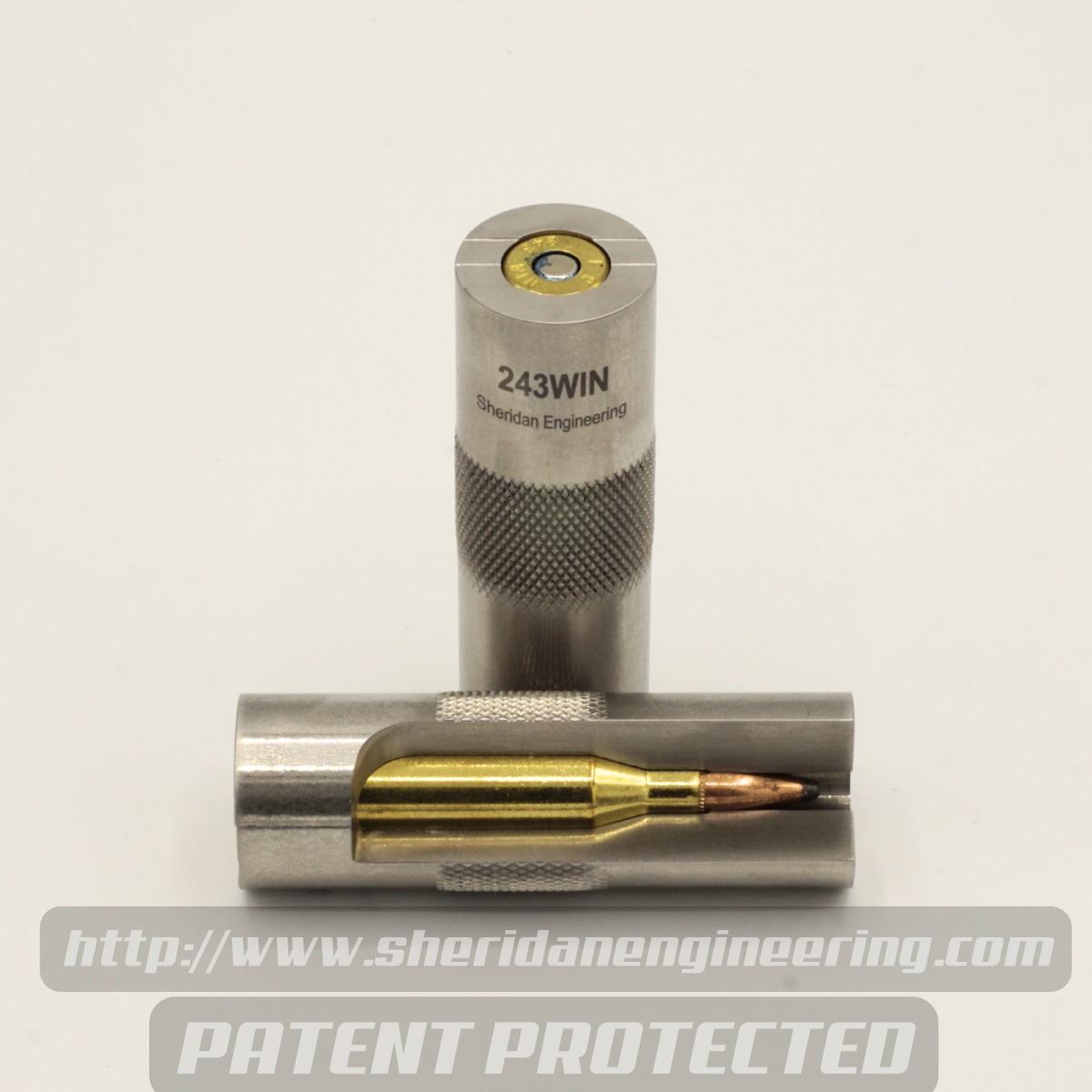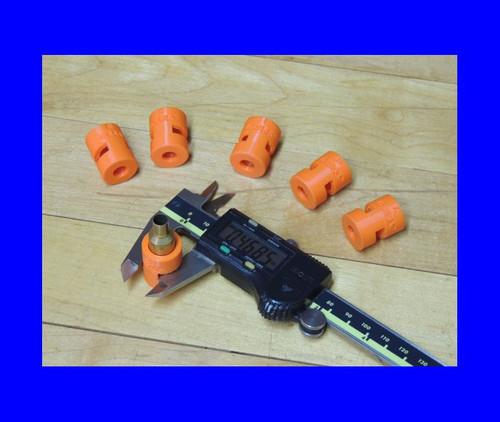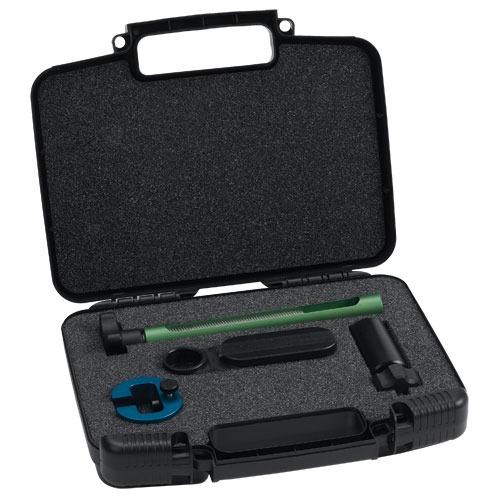If I remove the ejector and it closes with normal pressure, then I'm good?
Yes, by definition if the case chambers without drama you are good.
Just to be sure we don't swirl, that is not the same as eliminating every possibility with respect to having too much slack, but it does achieve the goal of reliable feed and a nice close fit. By definition, if you cannot close the bolt without drama, everything else is cold comfort.
In the future, when we go down the rabbit hole and sharpen the pencil on the topic, there is a distinction between establishing headspace versus difficulty with sizing cycled brass or chambering drama.
The biggest distinction is there are lengths like the one we call the shoulder datum, but there are also diameters.
Strictly speaking, headspace is independent of diameter discussions, and
diameters can cause as many issues with bolt closure as anything else.
My advice to friends I teach to load rifles... when you dedicate to reloading you should learn the ammo and chamber specs, and own the Go-Gage to be able to set your tools to a more absolute rather than just comparator.
By using the GO-Gage with some tricks like tape to establish the chamber's datum length, you can then learn to measure your brass and set your sizing dies with confidence.
In a shop, we have the gages that increment to the nearest 0.001" that cover the spec range and beyond. But, at home you can learn to use just the Go-Gage to set your tools and check your chamber.
Accumulating tools for topics you know you want to run for the long term, means you should think long term.
Good instruments and go-gages are often not discussed or recommended on forums, and folks should also be encouraged to study the specs for the cartridges they like.
Once you have micrometers, you can learn to check a few critical dimensions on brass and dies. To go to higher level reloading, you learn to coordinate the brass, dies, and chamber to stay out of trouble. Learning to check the shoulder diameter and the 200 line isn't that difficult, but can give you insight when things go wonky. YMMV
ETA: beginners running semi or full auto should also think about owning a minimum chamber gage rather than a plain case gage that only checks the shoulder datum length. A Min Chamber gage is all of the envelope dimensions, not just the shoulder datum length. The Sheriden gage comes to mind since it is available with a cutout that helps teach rookies to debug.
Good Luck.
Happy New Year!

sheridanengineering.com

www.pmatool.com

www.brownells.com
